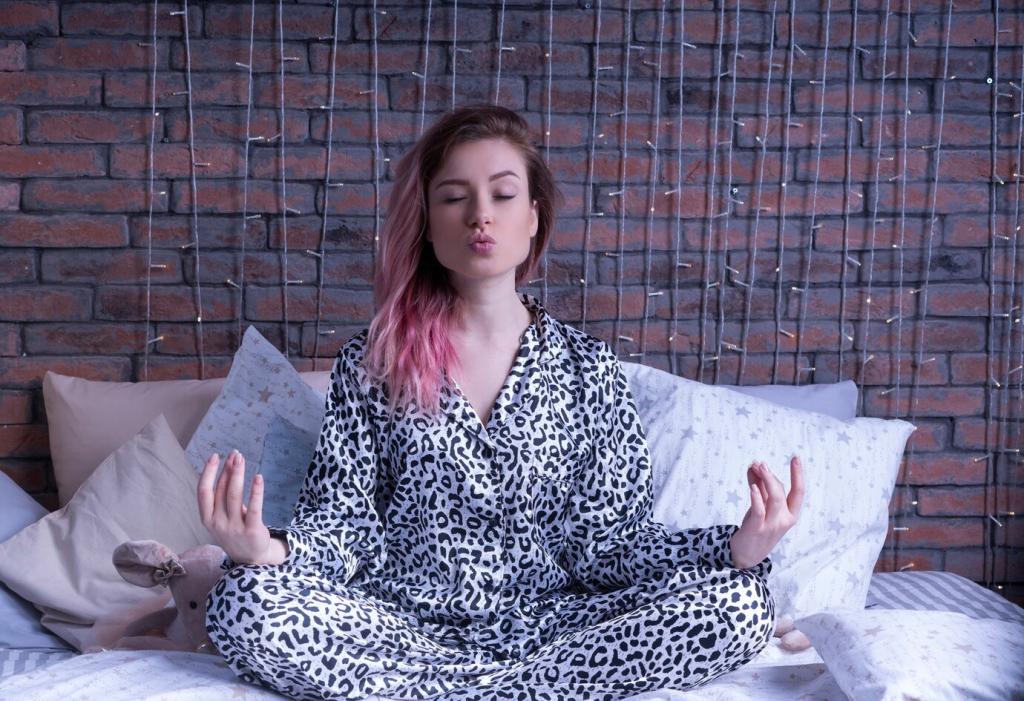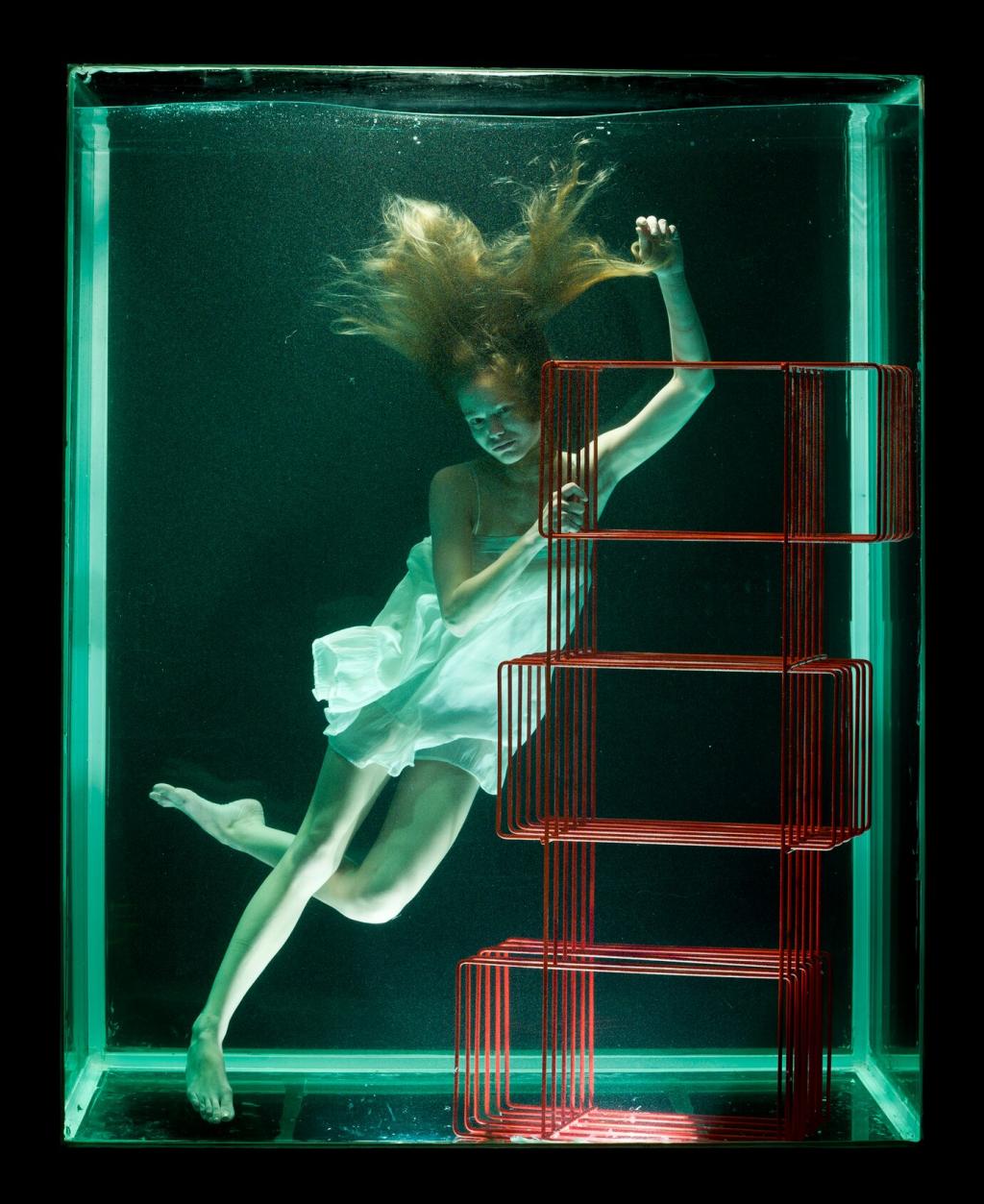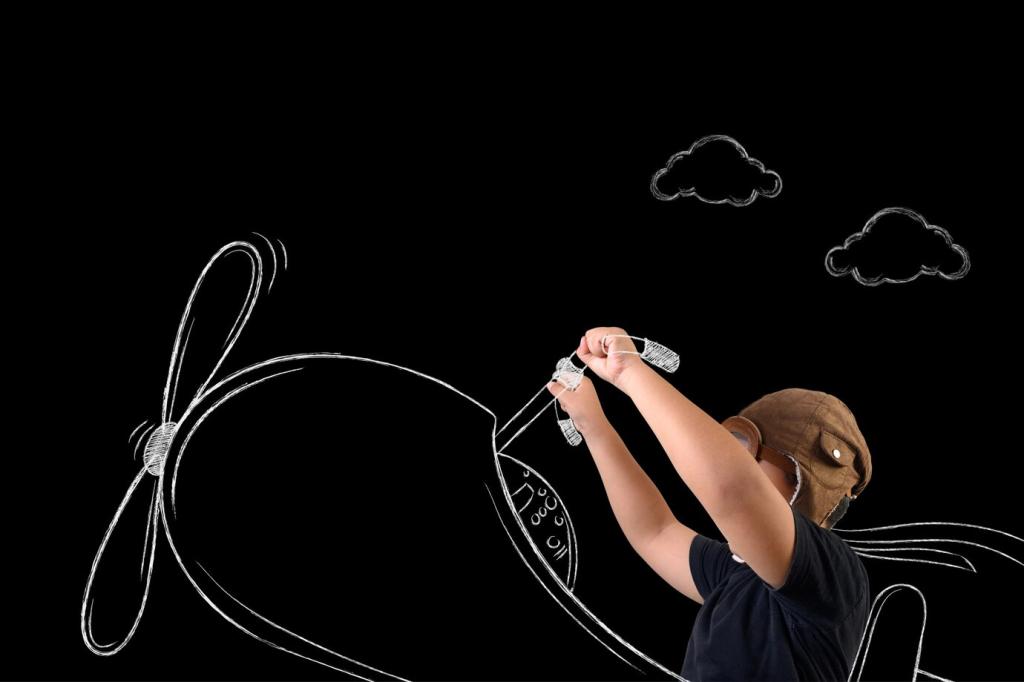Laying the Groundwork: Science, Intention, and Ethics
Rapid eye movement sleep fosters vivid imagery and emotional processing, offering an ideal canvas for advanced dream manipulation. Track your sleep cycles, respect circadian rhythm, and favor consistent bedtimes to naturally increase REM density without risky hacks or extreme routines.
Laying the Groundwork: Science, Intention, and Ethics
Clarify why you want control: creative exploration, emotional rehearsal, or problem-solving. A written, nightly intention statement primes attention, reduces anxiety, and anchors manipulation goals in personal meaning, improving lucidity rates and keeping experiences purposeful instead of chaotic.











